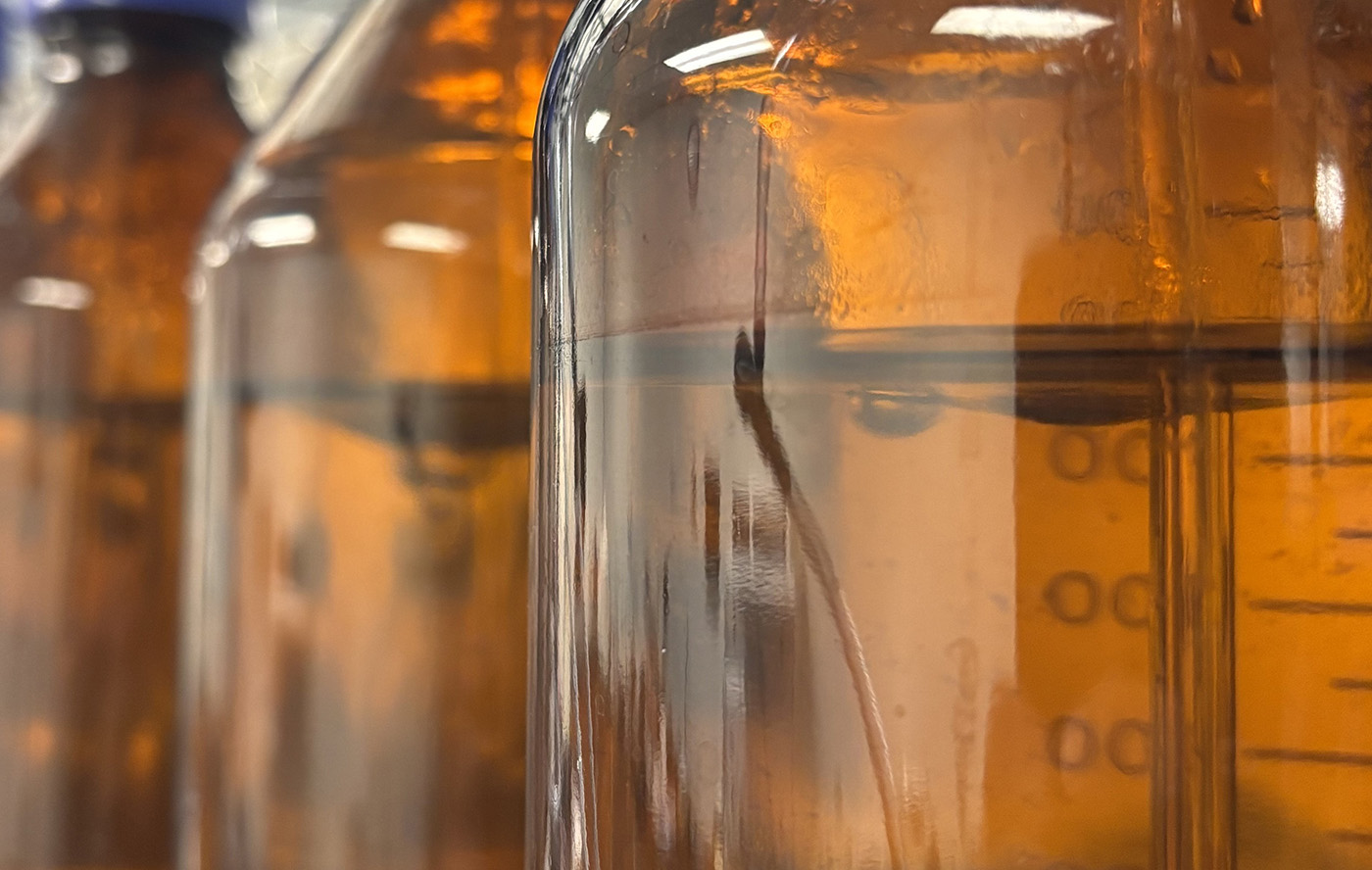Summary
The OECD 301B biodegradability test determines the ready biodegradability of a material in an aqueous aerobic environment by measuring the CO2 evolution. This test was developed to determine whether a chemical is potentially easily biodegradable rather than to predict the actuarial rate of biodegradation in aqueous aerobic environments.
The OECD 301B Testing Method
This testing method measures the CO2 formation during the biodegradation process over 28 days. When chemicals decompose, they form CO2 and H2O, and the measurement of CO2 generated reflects the biodegradation of the test substance. The amount of CO2 generated is compared to the theoretical CO2 amount to determine the ready biodegradability of these substances.
OECD 301B is appropriate for highly soluble, poorly soluble, insoluble, and/or absorbing materials. However, this test is not appropriate for volatile substances due to the aeration that occurs during the process. Some common materials tested include lubricants, grease, oils, fuels, surfactants, and personal care products.
OECD 301B From Aropha
At Aropha, we want to make sure our clients have access to efficient, affordable, and accurate biodegradability testing. Our team combines our digital twin simulation platform with our lab-based biodegradability testing to help you create the biodegradable, green products your customers need. We make sure your testing starts as soon as possible, so you get the results you need to commercialize your products and substantiate marketing claims as quickly as possible.
With our wide range of simulations, high-throughput screening, and GLP-compliant testing services, you will have access to all of the analyses needed to validate the ecological properties of your products.
OECD 301B Requirement and Applicability
Different testing methods are applicable for materials with different properties. Below is a summary of the applicability of OECD 301B. Please check our Method Selection Guide to select the most appropriate method for your materials. You can also find the applicability for many other methods in our Resource Center.| Test | Analytical method | Sample info required * | Poorly soluble | Volatile | Adsorbing |
|---|---|---|---|---|---|
| OECD 301B (CO2 evolution test) | CO2 evolution | Organic carbon content * | + | - | + |
*“Sample info required” is the information needed to calculate the biodegradation percentages. This must be available for a selected method.
*“Organic carbon content” is the ratio of the organic carbon weight to the weight of the sample. It can be calculated by the sample formula (e.g., acetic acid C2H4O2, organic carbon content is 12*2/(12*2+1*4+16*2)=40%). Try our Online C% Calculator. If the formula is unknown, we can send the sample out to a third party lab for you for analysis (normally $110 with a 10-day turnaround time).
Pricing
$699/sample for High-Throughput Screening$1599/sample for Biodegradability Certification

